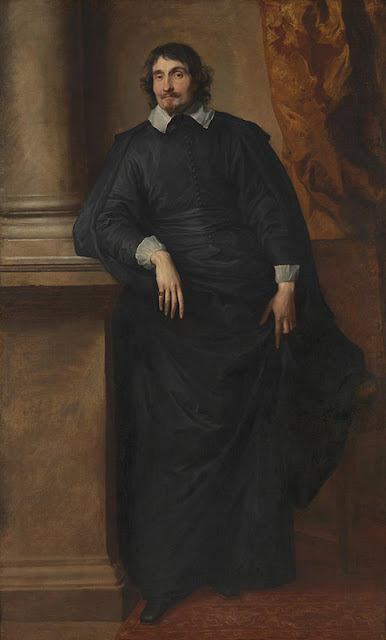 |
| Nicolaes Wieringa Portrait of a Captain 1668 Rijksmuseum |
"Almost all the soldiers of the Baroque age, like those of the Renaissance, began as volunteers who enlisted of their own free will. The process was remarkably similar all over Europe. The principal recruiting officer was normally the captain and the principal unit was the company. Each captain chosen by the government received a commission to raise a company in a specific area, and he would first name his junior officers and order a standard to be made. Then with colors, a drummer, and his officers, he would visit the various towns and villages specified in his commission. In each place the local magistrate would be expected to provide the captain with an inn or an empty house to serve as a headquarters where the company colors were unfurled and the drummer beat a tattoo to attract volunteers. From those who came to offer their services the captain chose men who were healthy and sane, who were aged over sixteen and under forty, and who, so far as possible, were "neither married nor only sons who would cause loss to their parents or their villages." The names of the recruits were then entered on the company's list (they "enlisted"), and they received a cash payment and perhaps a suit of clothes, plus free shelter and food while they waited for the levy to be completed. At that point (usually two or three weeks later) the Articles of War were read out to the troops, stating the penalties that would attend any future misconduct."
– from Geoffrey Parker's essay, The Soldier, published in Baroque Personae / edited by Rosario Villari (University of Chicago Press, 1995)
 |
| Rembrandt Portrait of Saskia van Uylenburgh in Arcadian costume 1635 National Gallery, London |
 |
| Jakob Ferdinand Voet Portrait of Cardinal Carlo Cerri ca 1669-79 National Gallery, London |
 |
| Michael Janz van Mierevelt Portrait of Horace Vere 1629 National Gallery, London |
 |
| Justus Sustermans Portrait of Ferdinand II de' Medici & Vittoria della Rovere, his Consort 1660s National Gallery, London |
 |
| Daniel Mytens Portrait of William Herbert, 3rd Earl of Pembroke ca. 1626 National Portrait Gallery, London |
 |
| Gian Lorenzo Bernini Self-portrait 17th century Ashmolean Museum, Oxford |
 |
| Peter Paul Rubens Portrait sketch of Marie de' Medici ca. 1622 Victoria & Albert Museum |
 |
| Bartholomeus van der Helst Portrait of a girl 1645 National Gallery, London |
 |
| Bartholomeus van der Helst Portrait of a man with a glove ca. 1641 National Gallery, London |
 |
| Andrea Sacchi Marcantonio Pasqualini crowned by Apollo 1641 Metropolitan Museum of Art |
 |
| John Michael Wright Portrait of King Charles II ca. 1660-65 National Portrait Gallery, London |
 |
| Anthony van Dyck Portrait of the Abbé Scaglia 1634 National Gallery, London |
 |
| Bartolomé Esteban Murillo Portrait of Don Justino de Neve 1665 National Gallery, London |